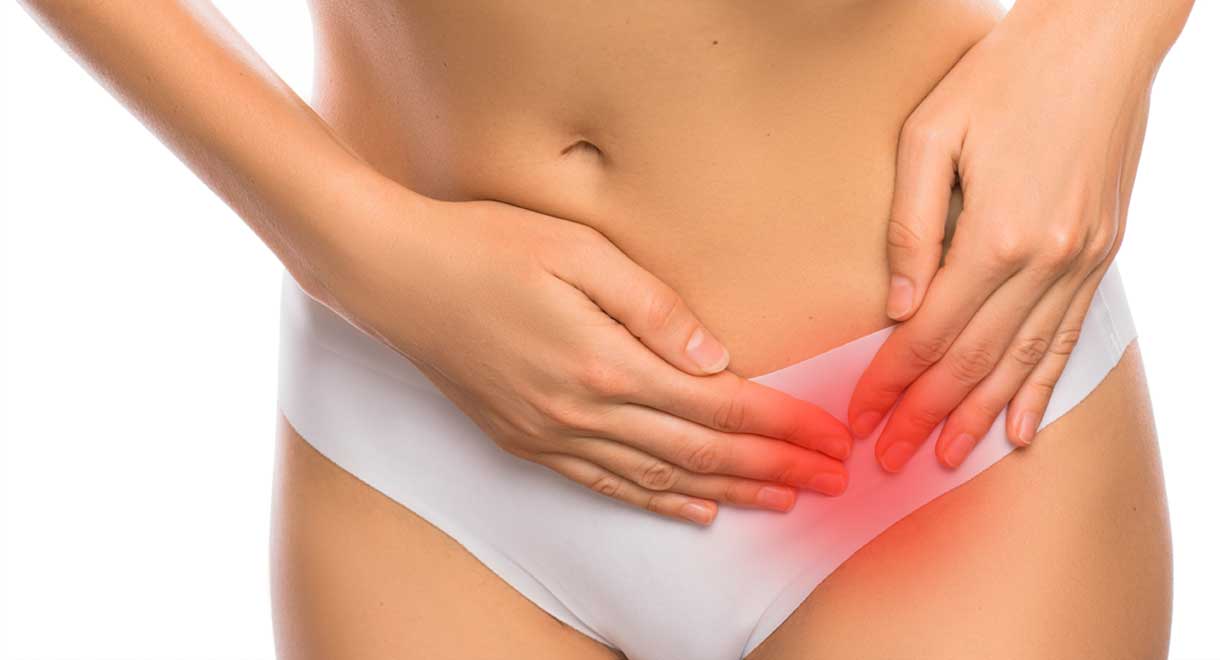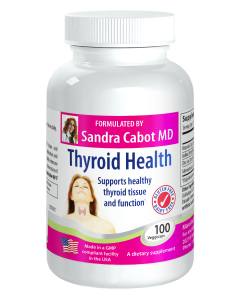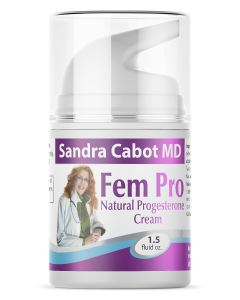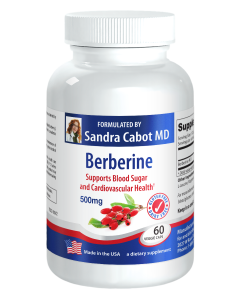

Help For Ovarian Cysts
Ovarian cysts are fluid filled sacs in the ovaries that are common in women during their reproductive years. Most types of ovarian cysts do not cause symptoms and are harmless and go away on their own. Every menstruating woman produces several cyst-like structures during the first half of her menstrual cycle. One “cyst” becomes the dominant follicle, which releases an egg at ovulation. If a pregnancy doesn’t occur, what remains of the follicle that "popped out the egg", becomes what is known as a corpus luteum. The corpus luteum is a yellowish fatty like small structure that produces the hormone progesterone. The corpus luteum breaks down and dissolves at the end of the monthly cycle and stops making progesterone and this loss of progesterone causes a woman to bleed. Ovarian cysts may form when this process does not develop properly and the resulting empty ovarian follicle fills with fluid and enlarges. Cysts in the ovary can also grow in older women and this can be suspicious for a tumor. Endometriosis can also cause cysts in the ovary which can be painful.
Types of ovarian cysts
There are several types of ovarian cysts:
- Simple cysts, also called functional cysts. This is the most common type. These cysts are usually harmless and typically go away on their own within approximately three menstrual cycles.
- Endometrial cysts. These are sometimes called chocolate cysts because they are filled with blood. They occur when endometrial tissue attaches itself to the ovaries. If not treated promptly there is a risk these cysts can damage the ovaries and seriously impair fertility.
- Dermoid cysts. These cysts (tumors) are present since birth and contain various types of tissue, such as hair, nails, teeth and others.
- Cystadenoma. These cysts form from cells lining the outer surface of the ovaries.
Symptoms of ovarian cysts
Ovarian cysts often cause no symptoms at all. If symptoms are present, the following may occur:
- If the cysts become large they can cause pressure, a feeling of fullness and discomfort in the lower abdomen.
- Painful sexual intercourse.
- A disrupted menstrual cycle and/or unusually painful menstrual bleeding.
If a cyst becomes twisted (called torsion) this can cause intense pain; so too can a large cyst that ruptures (bursts). An ultrasound scan (pelvic and trans-vaginal) or a laparoscopy can diagnose ovarian cysts.
Treatment of ovarian cysts
In the case of simple cysts the usual medical approach is to wait and see. In many cases the cysts resolve themselves. Oral contraceptives are often prescribed because they inhibit ovulation and suppress production of the body’s own hormones. This is not a long term solution and I do not recommend this option. It is much more effective and safe to balance the hormones with the use of natural progesterone cream. If cysts are very large and causing discomfort, surgery may be required to remove them.
Most ovarian cysts will dissolve in time, with appropriate diet changes. It is vitally important for women with ovarian cysts to avoid all dairy products and high sugar processed foods. Dairy products often worsen cysts present anywhere in the body. Margarine and hydrogenated vegetable oils must be avoided.
Iodine deficiency increases the risk of cysts in the ovaries, breasts and thyroid gland. Many women are iodine deficient. Vitamin D deficiency increases the risk of hormone imbalance and ovulation disorders. These two nutrients are combined in Thyroid Health capsules. Women with thyroid dysfunction are at increased risk of ovarian cysts. Treating the thyroid problem with nutritional medicine often resolves ovarian cysts as well.
Cysts caused by endometriosis are more challenging to treat, as are the cysts of polycystic ovarian syndrome (PCOS). With PCOS, insulin resistance is a common underlying driver. A low carbohydrate diet and supplemental berberine are very helpful. If you suspect you may have ovarian cysts, please see your doctor for an accurate diagnosis. Natural progesterone cream is essential to overcome PCOS and endometriosis. I have written an e-book on endometriosis titled "Endometriosis - Your best chance to cure it".
The above statements have not been evaluated by the FDA and are not intended to diagnose, treat or cure any disease.
Know someone who might benefit from this article? Share it!
Need Help?
1-888-75-LIVER
Monday to Friday, 9:00 am to 5:00 pm MST
100%
Satisfaction Guaranteed
If it’s faulty or wrongly described, we’ll replace it.













